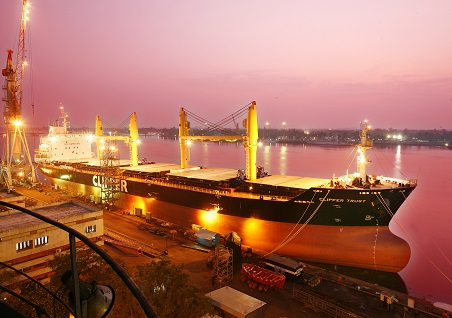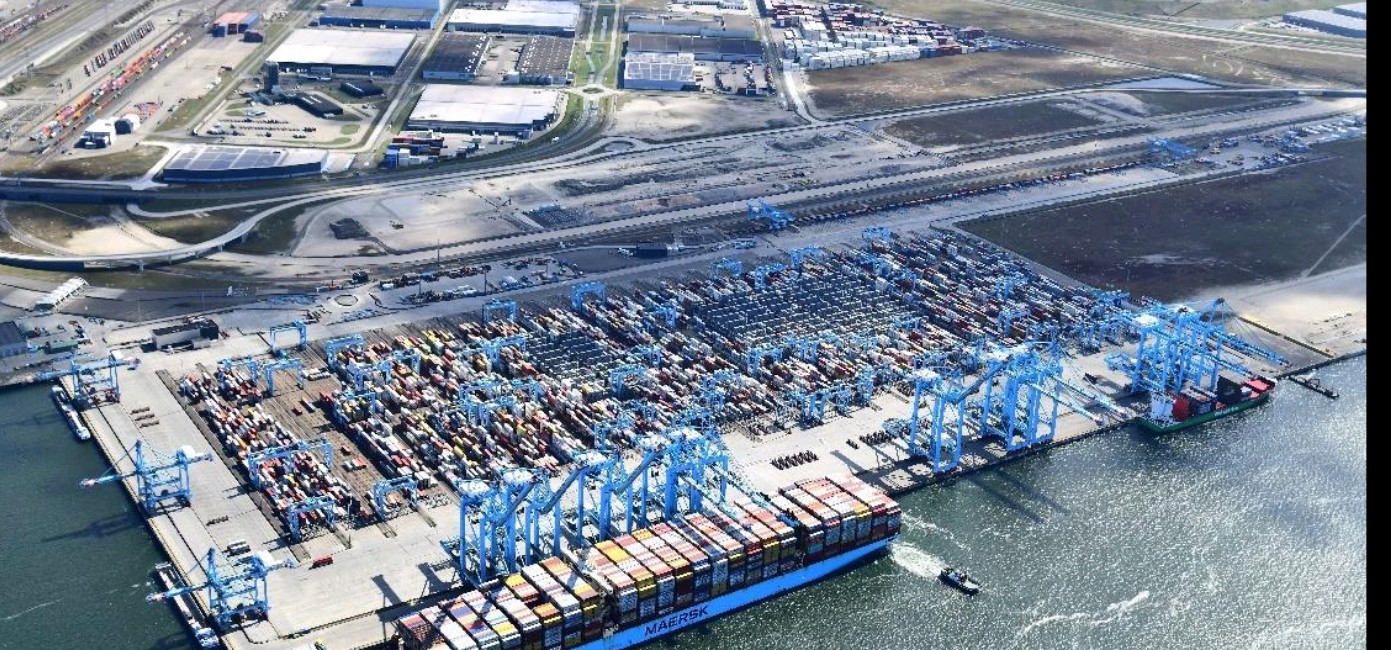Can ‘Make in India’ Compete?
Government Boosts Maritime Sector with ₹4000 Crore Allocation
Maritime News India: In a bid to strengthen India’s shipbuilding industry, the government has announced a financial assistance policy with a massive outlay of ₹4000 crore. The scheme, revised in August 2023, offers a flat 30% financial subsidy for vessels powered by green fuels like Methanol, Ammonia, and Hydrogen fuel cells. Additionally, a 20% subsidy is provided for electric and hybrid propulsion vessels.
Union Minister of Ports, Shipping, and Waterways, Sarbananda Sonowal, shared this information in a written response to the Rajya Sabha. However, experts are questioning whether this policy is enough for India to compete with global shipbuilding giants like China, South Korea, and Japan.
A Drop in the Ocean? India’s Investment vs Global Players
While ₹4000 crore sounds significant, China has invested over ₹72,000 crore ($9 billion) in its shipbuilding sector through direct subsidies and low-interest financing. Similarly, South Korea provides extensive R&D grants and tax incentives, making their shipyards more competitive.
“India’s budget allocation is a step in the right direction, but it remains far behind global standards,” said a maritime industry analyst.
Green Fuel Vessels: A Vision Without Infrastructure?
The policy promotes green propulsion vessels, yet India lacks the necessary infrastructure to support them. In contrast, Norway and Singapore have already developed hydrogen and ammonia bunkering networks, making their shift to green fuels more feasible.
“If we are serious about green shipping, India must first invest in bunkering facilities at major ports like Mumbai, Chennai, and Kochi,” added an industry expert.
Electric & Hybrid Vessels: Where Are the Charging Stations?
India has promised a 20% financial subsidy for electric and hybrid ships, but there’s little clarity on charging infrastructure at ports. Meanwhile, European nations are integrating shore-based power and battery-swapping for electric ferries, reducing emissions significantly.
Without similar infrastructure, India’s transition to electric shipping could be more of a policy on paper than a reality in action.
Funding Transparency: Where Did ₹78.23 Crore Go?
So far, the government has disbursed ₹78.23 crore towards the construction of hybrid vessels. However, industry insiders question where and how this money has been utilized.
South Korea provides public dashboards tracking shipbuilding subsidies, ensuring greater transparency and accountability—a model India could adopt to improve confidence in its maritime policies.
Can India’s Shipbuilding Industry Stay Afloat?
Experts believe that for India to truly compete in the global shipbuilding industry, policy reforms and stronger public-private partnerships are needed. Some key suggestions include:
- Fast-Tracking Maritime Industrial Zones: India must develop dedicated clusters for shipbuilding like China’s Yangtze River Delta region.
- Expanding Global Collaborations: Partnerships with companies like Hyundai Heavy Industries and Keppel Offshore & Marine can bring in expertise.
- Introducing Low-Interest Credit for Shipbuilders: Instead of direct subsidies, India should provide affordable financing options like Japan’s JICA-backed shipbuilding loans.
- Ensuring Faster Regulatory Approvals: A digital, single-window clearance system can speed up shipbuilding projects and reduce bureaucratic delays.
Conclusion: A Policy with Potential, but Will It Deliver?
India’s shipbuilding financial assistance policy is a bold move, but unless backed by robust infrastructure, transparent funding, and global expertise, it risks being another initiative that falls short of international standards.
As global maritime players sail ahead with aggressive investments and cutting-edge technologies, India must decide—will it merely stay afloat, or will it truly set sail as a shipbuilding powerhouse?





One thought on “India’s Shipbuilding Push Faces Global Challenges”